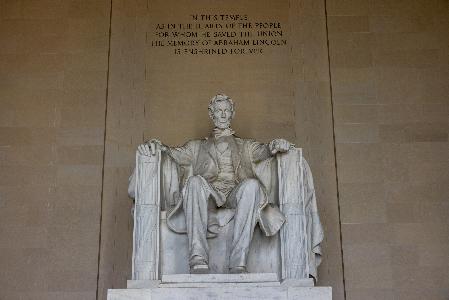D.C.-based carpooling app Split is cooperative even by design: it pools its data from open-source maps.
In fact, you may call it an inter-continental project. The carpooling optimizing algorithm Split uses was etched in Finland in collaboration between two public agencies and Aalto University, a school in Helsinki.
Helsinki wanted to find a way of finding the optimal route using all forms of transportation — bicycles, public transit and shared rides — for each rider and collectively.
Ajelo, the Finnish startup borne out of that effort, added its own fleet of minibuses to the mix and ran its pilot in Helsinki in late 2013 — around the same time that Split strategy and business development head Dan Winston and CEO Ario Keshani were brainstorming about a similar model.
They wanted to run with it.
“They were technologists; we were business and strategy people,” said Winston.
In November, Split acquired the Finnish startup for an undisclosed sum, with the backing of Transdev, a large public transit company that acted as strategic investor.
Split’s team is now divided between a team of eight Finnish engineers and a staff of six based out of 1776.
Why did they pick D.C.?
First off, there was the ridesharing-friendly legislation passed by the Council in October, which legalized not just Uber and Lyft, but a broad range of other transportation apps, including Split.
Split’s algorithm also needed lots of easily accessible transportation data to run smoothly.
A lot of DC love 💙💙 happening right now! #LetsSplit #LoveDC pic.twitter.com/5wQaiVxVVX
— Split (@ridesplit) June 1, 2015
The system aims for aggregate efficiency, so instead of having drivers pick up riders at their door step, the app instructs them to go down to a more convenient spot on the block.
“We use District government open data to identify the places in D.C. where it would be safe to do our pick up and drop off,” said Winston. This allows drivers to avoid one-way streets, busy intersections and dangerous alleyways.
As it turns out, D.C. has a fairly detailed open data map.
“If you ask me, did you expect that it would be as easy as it was to find a firehydrant? I would say no,” said Winston.
Winston said Split’s customer count was growing by 25 to 50 percent per week since its launch party in late May.
“The technology behind it has actually been working,” he said gleefully.
Join the conversation!
Find news, events, jobs and people who share your interests on Technical.ly's open community Slack

DC daily roundup: Inside UMCP's new ethical AI project; HBCU founder excellence; a big VC shutters MoCo office

DC daily roundup: Esports at Maryland rec center; High schoolers' brain algorithm; Power data centers with coal?

DC daily roundup: Tyto Athene's cross-DMV deal; Spirit owner sells to Accenture; meet 2GI's new cohort

